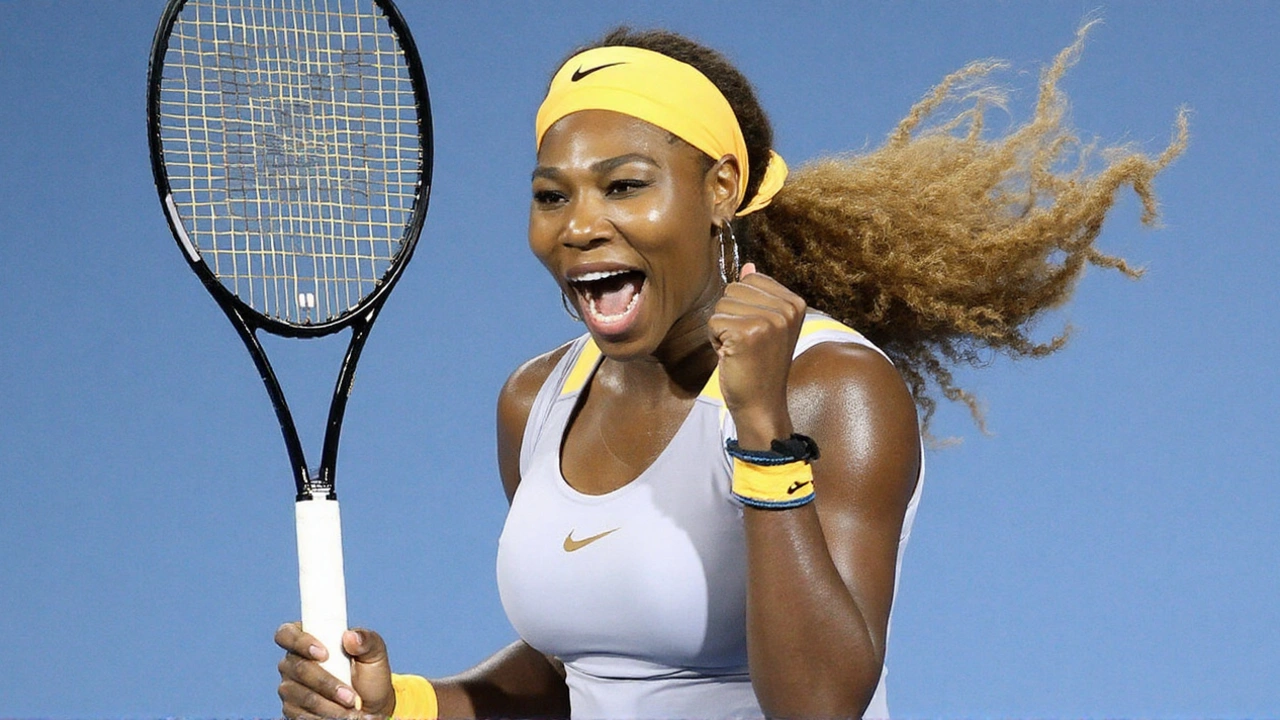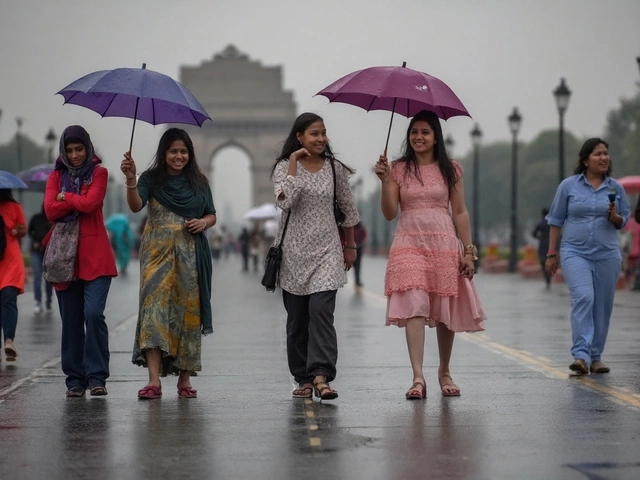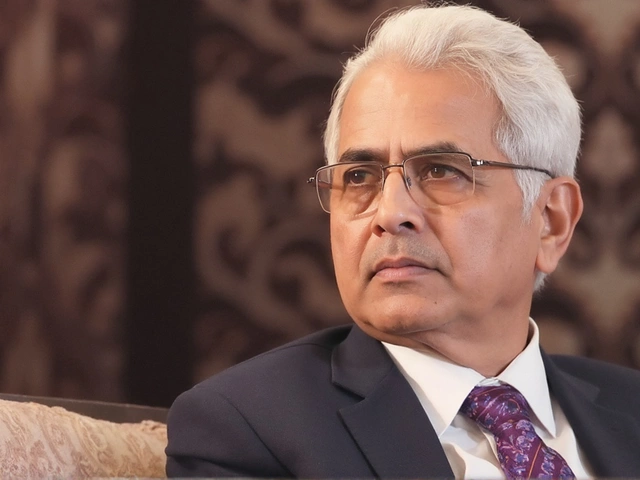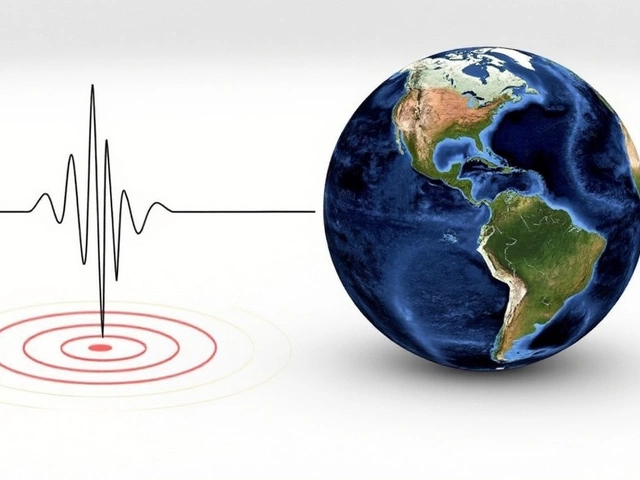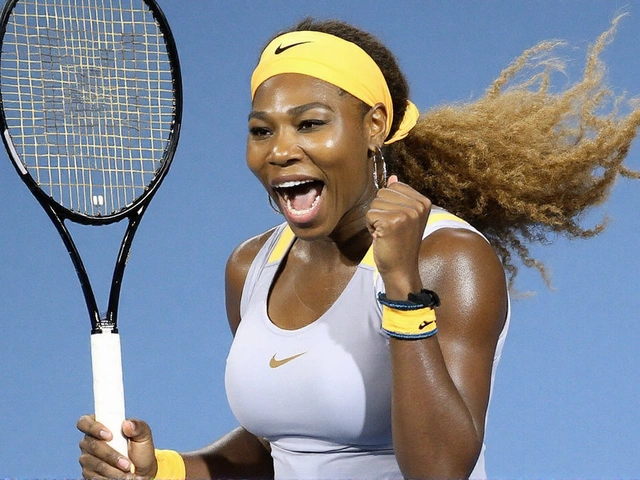A final soaked in history — and nerves
At 35, Serena Williams stood one win away from the record that defined a generation. She got it the hard way, then the ruthless way. On a warm night at Rod Laver Arena in Melbourne, Serena beat her sister Venus 6-4, 6-4 to lift a seventh Australian Open trophy and her 23rd Grand Slam singles title — moving past Steffi Graf for the most in the Open Era.
The match opened with tension you could feel through the TV. Serena slipped on the baseline, smashed her racket, and dumped in three double faults in the space of four points. For a few minutes, it felt like those anxious starts that have haunted some of her major finals. Then the switch flipped. The first serve started to land, the forehand found its range, and the rallies tilted her way.
Serena grabbed the first set 6-4, having led 5-3 and sealing it with an ace after 41 minutes. The second set looked familiar: clean serving, first-strike tennis, and calm closing. Venus pushed to shorten points and hug the baseline, but Serena’s depth and pace held up when it mattered. No drama at the finish, just a clenched fist and a quiet nod to the box.
The backdrop added weight to every point. It was the ninth all-Williams Grand Slam final and the first since 2009 Wimbledon. Venus, 36 and playing her first major final in nearly eight years, had rolled to Melbourne with a vintage run, beating Coco Vandeweghe in a high-energy semifinal after a solid win over Anastasia Pavlyuchenkova in the quarters. Serena, meanwhile, had not dropped a set all tournament, taking out Johanna Konta in the quarterfinals and cruising past Mirjana Lucic-Baroni in the semis.
What came after the handshake was pure respect. Serena saluted Venus as her toughest rival and biggest supporter. Venus smiled back. They’ve always insisted people see them as singles champions first, even as they’ve gone a perfect 14-0 together in Grand Slam doubles finals. Nights like this explain why both can be true.
The scene inside Rod Laver Arena underlined the history. Margaret Court—whose 24 major singles titles span both the amateur and Open eras—watched from the stands, applauding the sisters. With the win, Serena pulled to within one of Court’s all-time mark. She also pushed her own Open Era lead clear of Graf’s 22 and extended her record haul in Melbourne to seven.
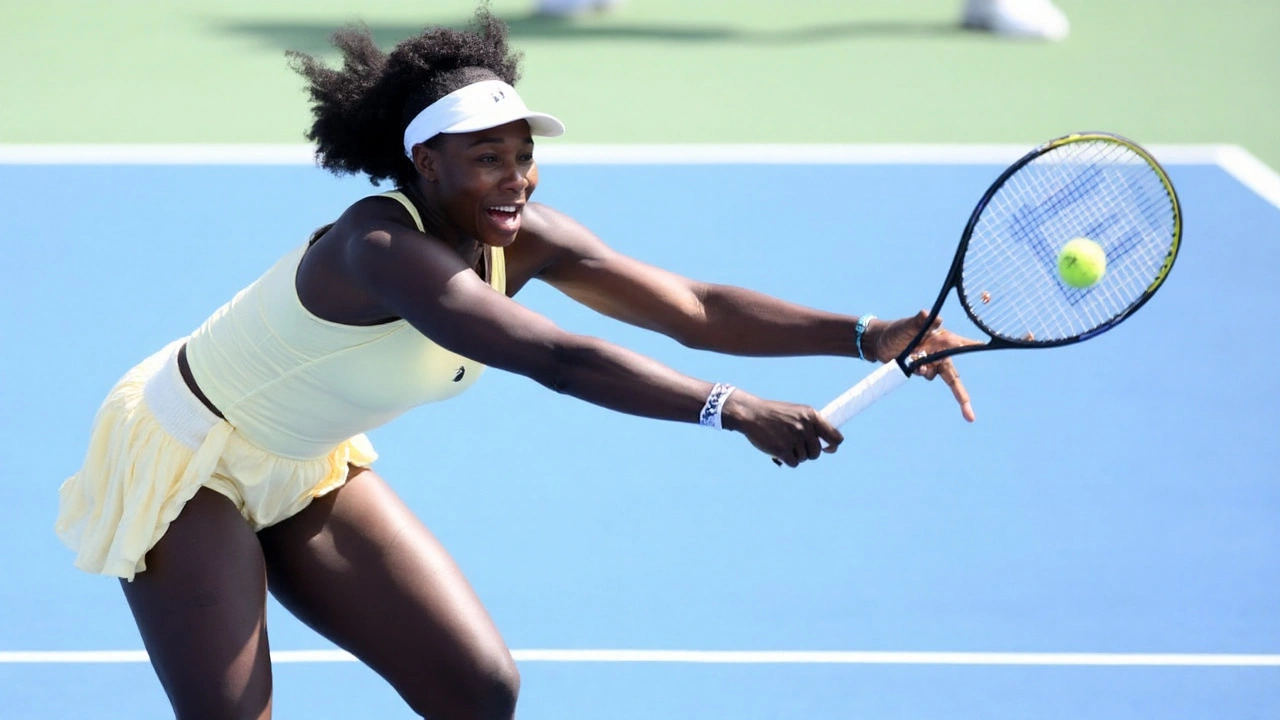
What 23 means for tennis
Records can feel dry on paper; this one did not. The Open Era began in 1968, when professionals were finally allowed into the majors. Since then, the list of players with 20 or more singles Slams is tiny. Serena now stands alone at 23 in that window, with titles spread across every surface: seven in Melbourne, seven at Wimbledon, six in New York, three in Paris.
The path to 23 came with familiar Serena traits: a serve that bails her out under pressure, first-ball aggression, and the ability to reset after rocky patches. Those first few games against Venus looked shaky. By the middle of the match, Serena was landing a high percentage of first serves and controlling neutral rallies with depth. The unforced errors dried up; the scoreboard moved.
There was a ranking shift too. By lifting the trophy, Serena returned to world No. 1, bumping aside Angelique Kerber, who had taken the top spot with her own surge in 2016. On court, the gap felt larger than a single digit next to a name. Serena’s level all fortnight—big serving, disciplined shot selection—rarely dipped, even against the tour’s in-form players.
For Venus, the week told a different but powerful story. She walked into the tournament as a feel-good contender and walked out as a Grand Slam finalist again. Her ball-striking held up through long, physical matches, and she played some of her best tennis in years to reach Saturday night. Losing to her sister on a stage that big will always sting, but the way she got there reminded everyone she can still live in the second week of majors.
The sisters’ rivalry now covers two decades, from the early 2000s to Melbourne 2017, with Serena leading their head-to-head in major finals 7-2. The sentiment around it has also matured. Early on, the weight of the moment sometimes made their matches tight and awkward. This one wasn’t. Clean pace, sharp tactics, and enough winners to satisfy the crowd of 15,000. The hugs at the net looked easy, not forced.
A few footnotes add layers to the achievement. Serena’s seven Australian Open titles are an Open Era record in Melbourne. She did not drop a set during the 2017 event, a statement of control in a draw that offered plenty of traps. And months later, she would reveal she was pregnant during the tournament—an eye-popping detail that reframed the performance without changing a point of it.
There’s also the shadow of history still ahead. Court’s 24 sits out there, part of a different era, with 13 of those trophies earned before 1968. Whether Serena would chase that number was the lingering question as she lifted the Daphne Akhurst Memorial Cup. From the way she struck the ball in Melbourne, the chase never felt like a burden. It looked like motivation.
As the crowd filtered out and the photographers packed up, the facts were simple. Seventh Australian Open. Twenty-third major. Back to No. 1. And another chapter in a family story that keeps giving tennis its most human moments—two sisters sharing the biggest stage, pushing each other higher, and somehow writing something new this far into their careers.
